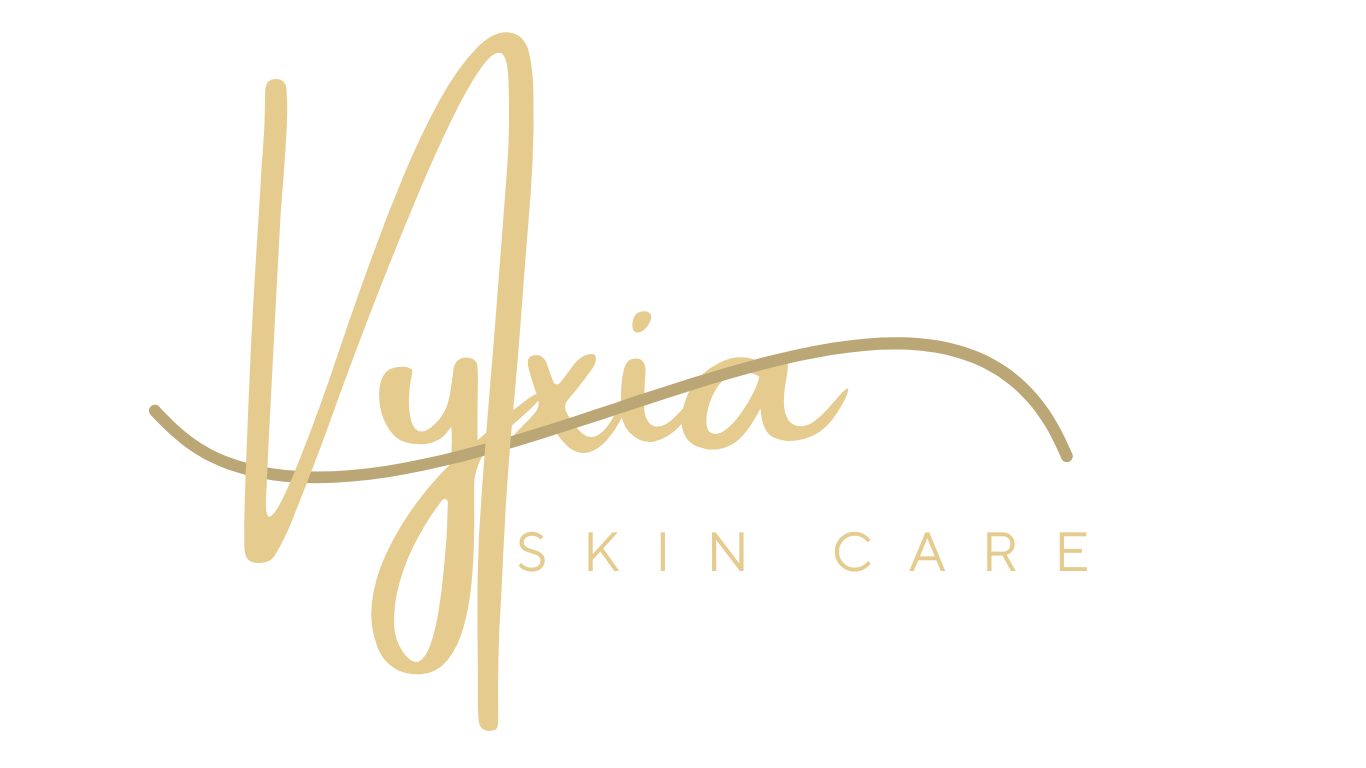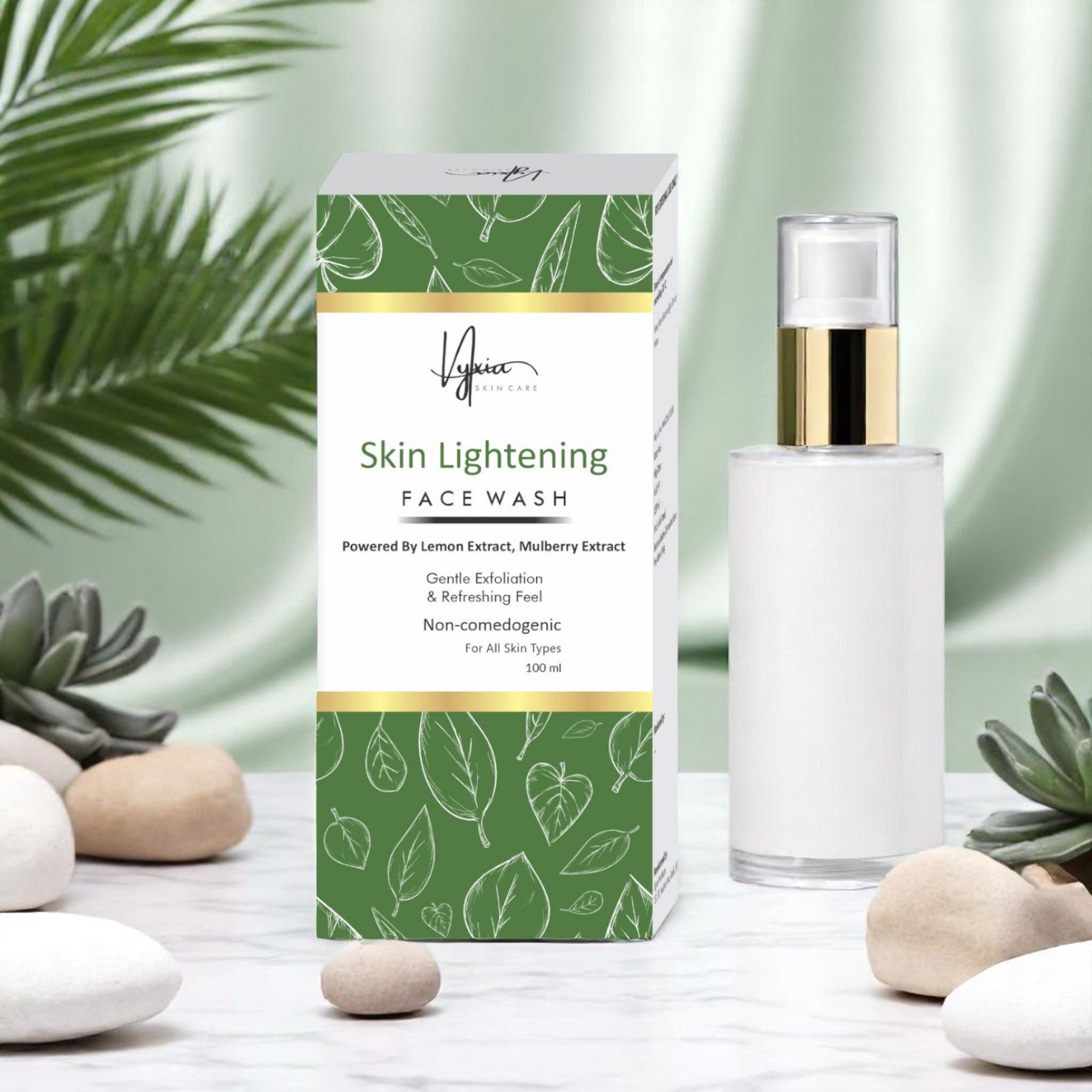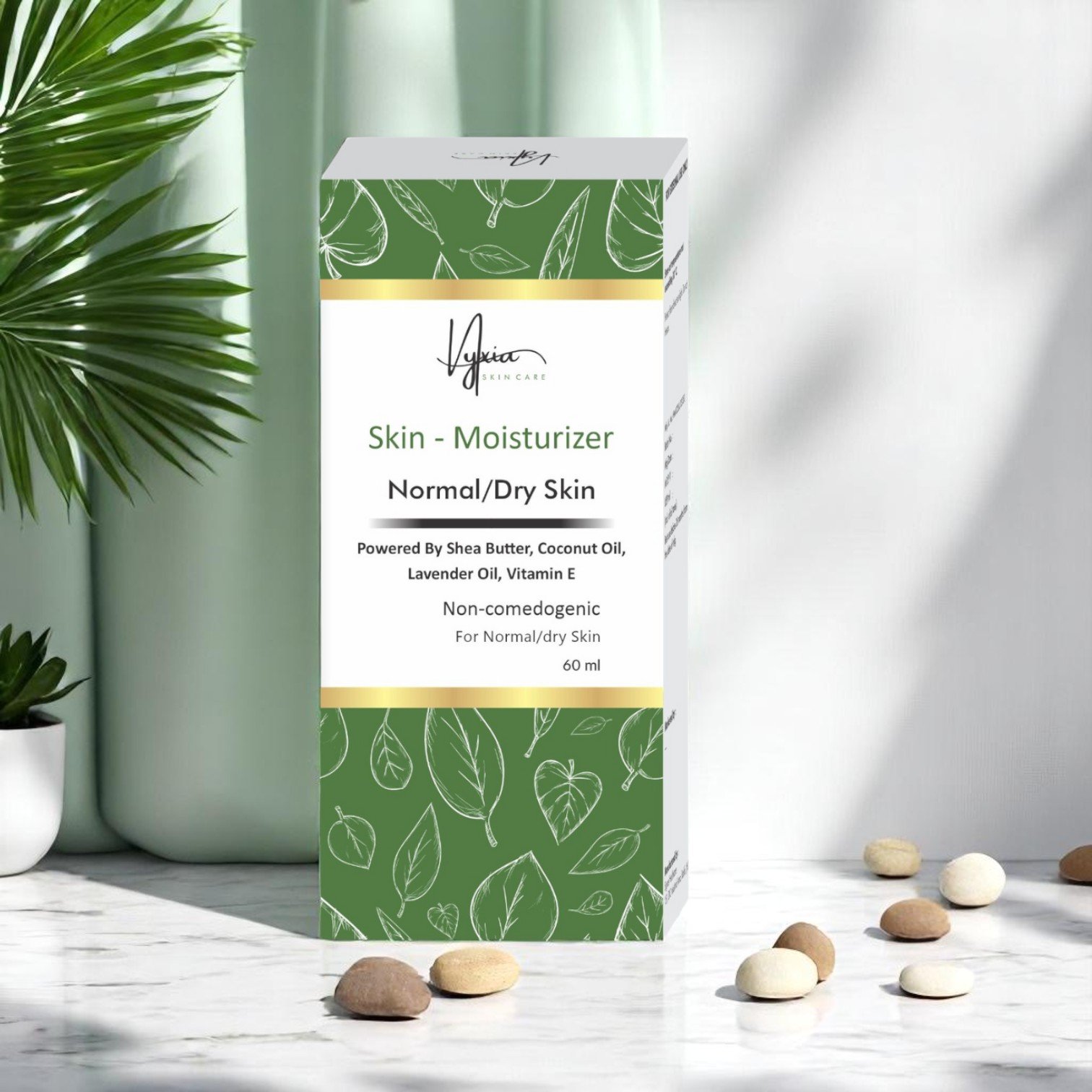The third decade of life marks a pivotal shift in skin biology. Between the ages of 30 and 39, collagen production begins to decline at a rate of approximately 1% per year, and the rate of cell turnover slows significantly. Clinically, this manifests as the appearance of fine lines, early wrinkles (especially around the eyes and mouth), uneven skin tone, dullness, and reduced elasticity. Environmental aging—primarily due to UV exposure, pollution, and oxidative stress—further accelerates these changes, often becoming more apparent during this stage.
Skincare in the 30s requires a proactive, multi-targeted approach. Daily sun protection remains essential, but the regimen should now incorporate evidence-based anti-aging actives. Retinoids (retinol or tretinoin), peptides, and antioxidants (such as Vitamin C and E) play a key role in promoting collagen synthesis and reversing early signs of photoaging. Hydration should be maintained with ingredients like ceramides and hyaluronic acid to support the skin barrier and maintain suppleness.
This age group also benefits from gentle chemical exfoliation (e.g., glycolic or lactic acid) to enhance cell turnover and improve skin clarity. Routine dermatological consultation helps in identifying early signs of pigmentation, melasma, or volume loss, and guiding appropriate interventions.





